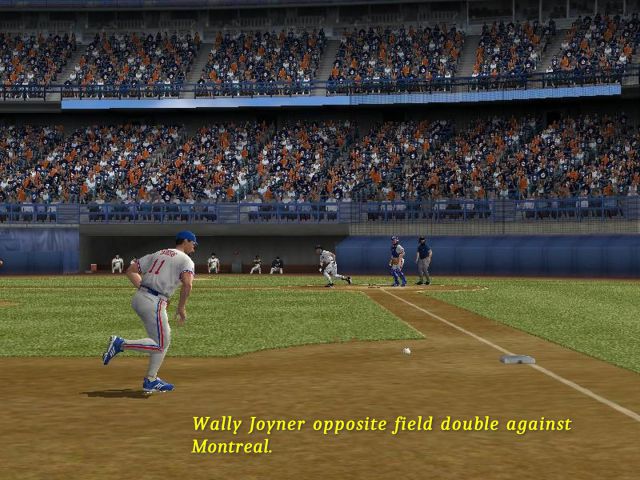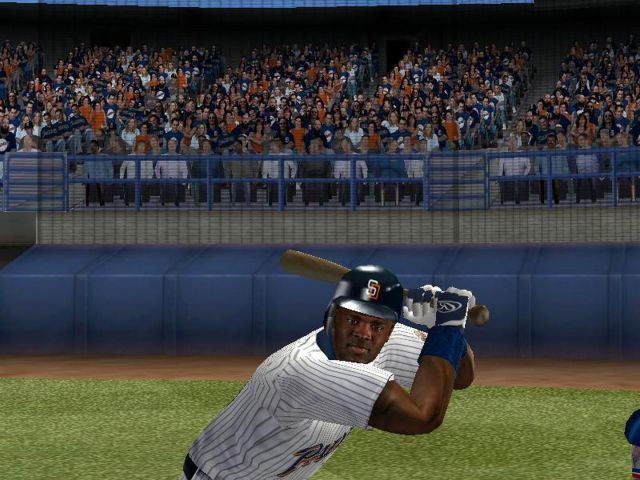-
Posts
27117 -
Joined
-
Days Won
82
Content Type
Profiles
Forums
Downloads
Everything posted by Yankee4Life
-
10 out of 10, 36 seconds. Not bad, right? So far this score has put me in third place today.
-
Jim, I know how you feel. One time I got 0 out of 10. 😟
-
4 out of 10, 89 seconds. Baseball card questions. Enough said.
-
9 out of 10, 31 seconds. I am angry with myself because I knew the answer to the question I missed but was going so fast I clicked on the wrong one.
-
7 out of 10, 78 seconds. Soccer questions should be outlawed! 😃
-
With hard questions like we get each Wednesday you did outstanding.
-
8 out of 10, 60 seconds. Not bad for a Wednesday.
-
9 out of 10, 71 seconds. Thank God for some hockey and NFL questions.
-
7 out of 10, 65 seconds. Tough ones but when I am asked a question about baseball in 1890 I am clueless.
-
10 out of 10, 31 seconds. Pretty good, right? Jim will beat it. 🙂
-
-
8 out of 10, 79 seconds. Late entry today. I was playing tabletop baseball.
-
So much for my good day! 😄
-
10 out of 10, 31 seconds. Finally a Friday to be proud of.
-
9 out of 10, 60 seconds. We all did well today. On to Friday!
-
8 out of 10, 98 seconds. I lingered too long on a lot of them but luckily it turned out ok.
-
There is a support thread for that new mod. Post your questions there and not here please.
-
8 out of 10, 75 seconds. Don't ask me how I did it. I have no idea.
-
-
8 out of 10, 90 seconds. The two I missed I was lost on. Satisfied with today.
-
10 out of 10, 38 seconds. Third place again - so far.
-
8 out of 10, 51 seconds. I got the first eight right then choked.
-
This is the second time Jim has finished with a perfect score in 28 seconds!
-
I tried these files myself and just like you have stated the download for both of them show 0kb in them. The problem is not on your end. These are fifteen-year-old files and over the years we have had many server changes so a lot of these really older files were not transferred over. Your two remaining options are to first create a thread to ask if any 2k10 users have these files but in most cases the 2k10 users went on to 2k11 and then 2k12. Your second option is to purchase MLB 2k12 and then you will have a much better chance of downloading files that are still located on the server.








